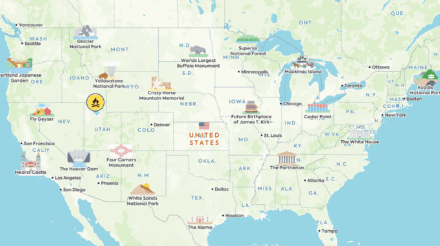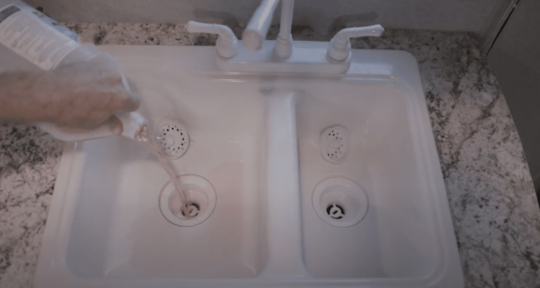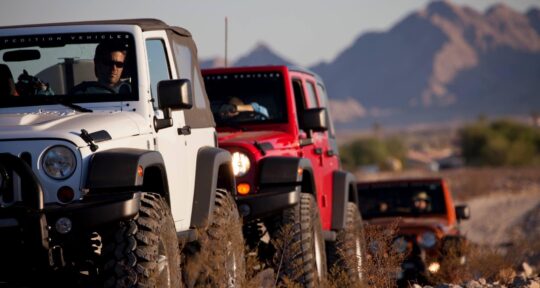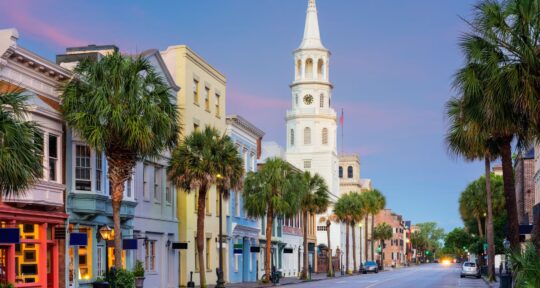The past year of COVID-19 has been full of learning curves, uncertainties, and conflicting advice—but there’s hope on the horizon. The U.S. has already surpassed vaccination goals, and the Centers for Disease Control and Prevention (CDC) has given the green light for fully vaccinated people to travel this summer.
So what does that mean for anyone looking to take a road trip in the next few months?
“As summer comes up, the numbers of vaccinated people will be significant. I think we’re looking at a somewhat normal summer, which means that people can gather and start heading back to the activities they once loved,” says Dr. John Brownstein, chief innovation officer at Boston Children’s Hospital and founder of VaccineFinder. “Road trips definitely represent one of those activities that are one of the first things that people can start to do again.”
But where to start? Here are five tips for taking a summer road trip in 2021.
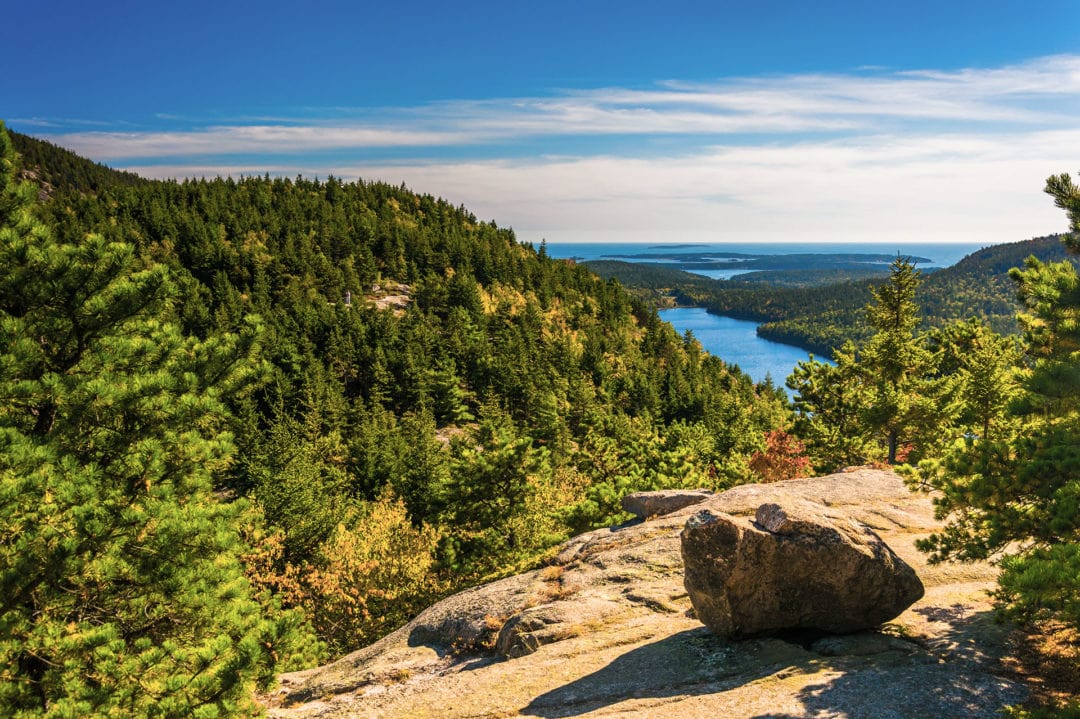
1. Stay outside
The CDC released new mask guidelines for vaccinated people last week, and they boil down to one thing: The risk of contracting or spreading COVID-19 outside is very low. This is great news for anyone looking to hit the trails or visit parks or beaches this summer. It’s no secret that road trips and outdoor adventures go hand in hand. When planning your trip, consider replacing indoor museum visits and large gatherings with outdoor activities such as hiking, biking, paddleboarding, or kayaking. If space in your car or RV is a concern, look into inflatable and foldable outdoor gear, or rent anything you need at your destination.
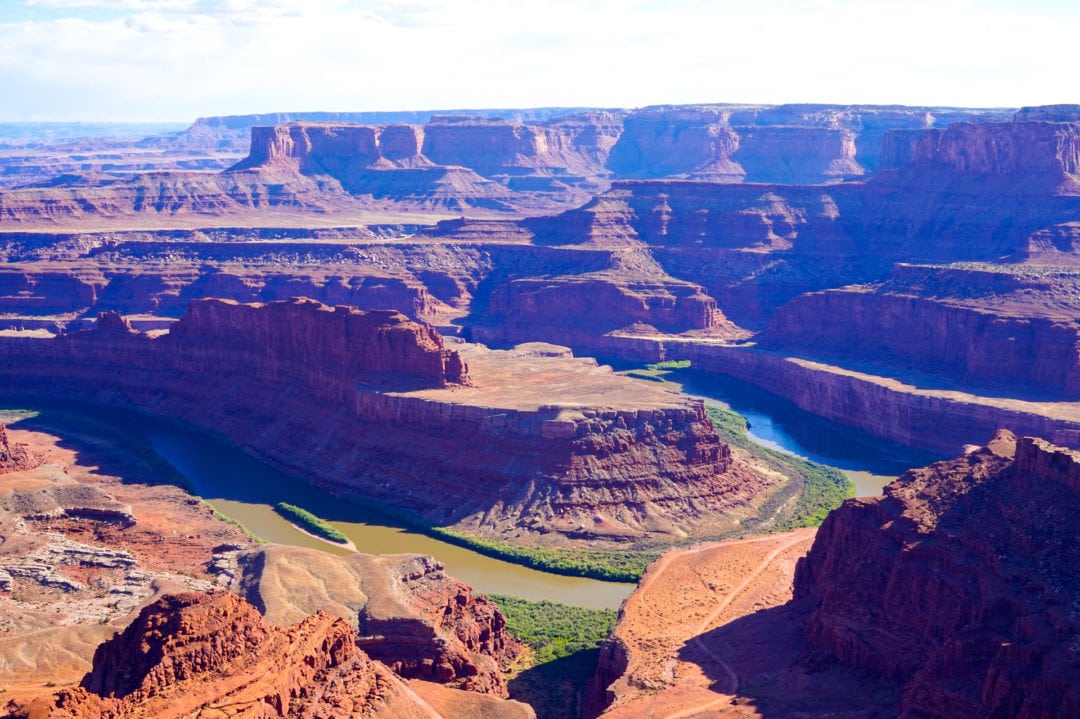
2. Visit state parks
National park visits have been on a steady incline for several years, and 2020 was no exception. While some popular parks, like Yosemite, limited entrance numbers by requiring advance reservations, other parks experienced larger crowds than normal. Great Smoky Mountains National Park saw its second busiest year on record, despite being fully closed for 46 days in the spring.
One way to avoid the biggest crowds but still experience the natural beauty and outdoor recreation of popular destinations in the U.S. is to find a nearby state park to visit instead of a national park. Some state parks, like Dead Horse Point in Utah and Custer in South Dakota, even rival their national park counterparts when it comes to scenic vistas, wildlife viewings, and hiking opportunities.
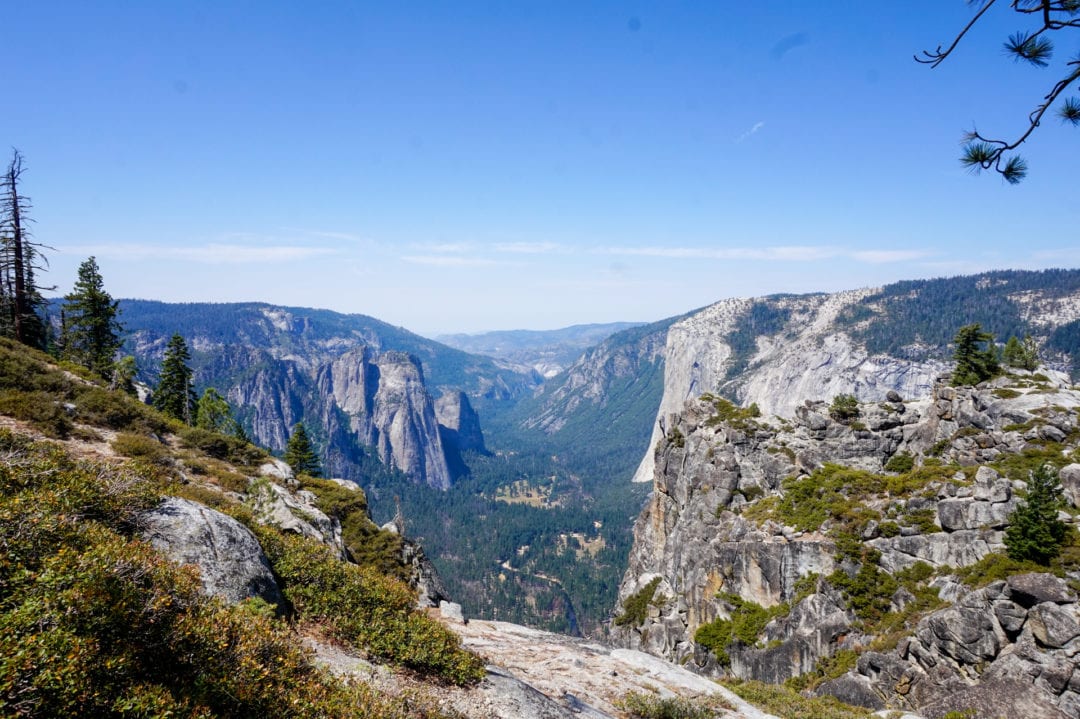
3. Check for reservation requirements
If you do decide to visit a national park, make sure to plan ahead and look up park-specific information well before your visit. While many national parks will be operating normally this summer, some may still have reservation requirements in place. Yosemite National Park will require advance reservations between May 21 and September 30, and the shuttle in Zion National Park is operating on a timed ticket system. These tickets are released twice a month on Recreation.gov, with a limited number of walk-up tickets available in the park.
Make sure to check out the website of each individual park you plan to visit to see if any restrictions are in place, and book your tickets as far in advance as possible. Keep in mind, too, that face masks are still required inside of all NPS buildings and facilities.
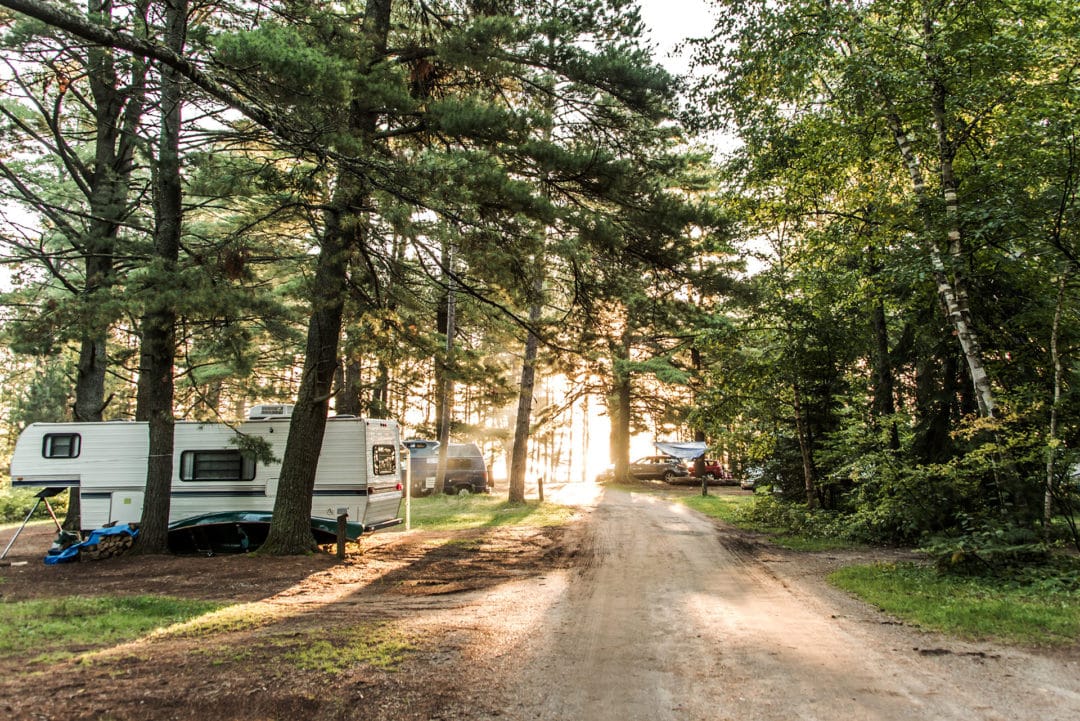
4. Book campgrounds now
Camping and RVing saw huge booms last year, as many people were desperate to get out of the house and travel in a way that felt safe and responsible. According to KOA’s 2021 North American Camping Report, which was published in April, more than 10 million households went camping for the first time in 2020. “It was an enlarged response to the pandemic and looking for safe vacation alternatives and wanting to be outdoors,” Toby O’Rourke, CEO and president of KOA, told Woodall’s Campground Management.
By all estimates, the camping craze is not expected to slow down in 2021. If you are planning a camping trip this summer, make sure to book your campgrounds as early as possible. A survey conducted by Togo RV found that 63 percent of campers were planning to book campgrounds in 2021 further in advance than they normally do. Many campgrounds in or near popular destinations—like national and state parks—are likely to already be fully booked, but if you check for cancellations and stay flexible with your travel dates, you may still be able to score your dream campsite.
“Book at least four weeks out from the anticipated stay dates to get the site you really want, and as early as you can if it’s a holiday or special event weekend. Consider camping on weekdays and non-holiday weekends instead, as pricing is slightly lower and campgrounds may feel more spacious,” Kate Kemker and Kaaren Fox, owners of Cooperstown KOA Journey in New York, told Togo RV.
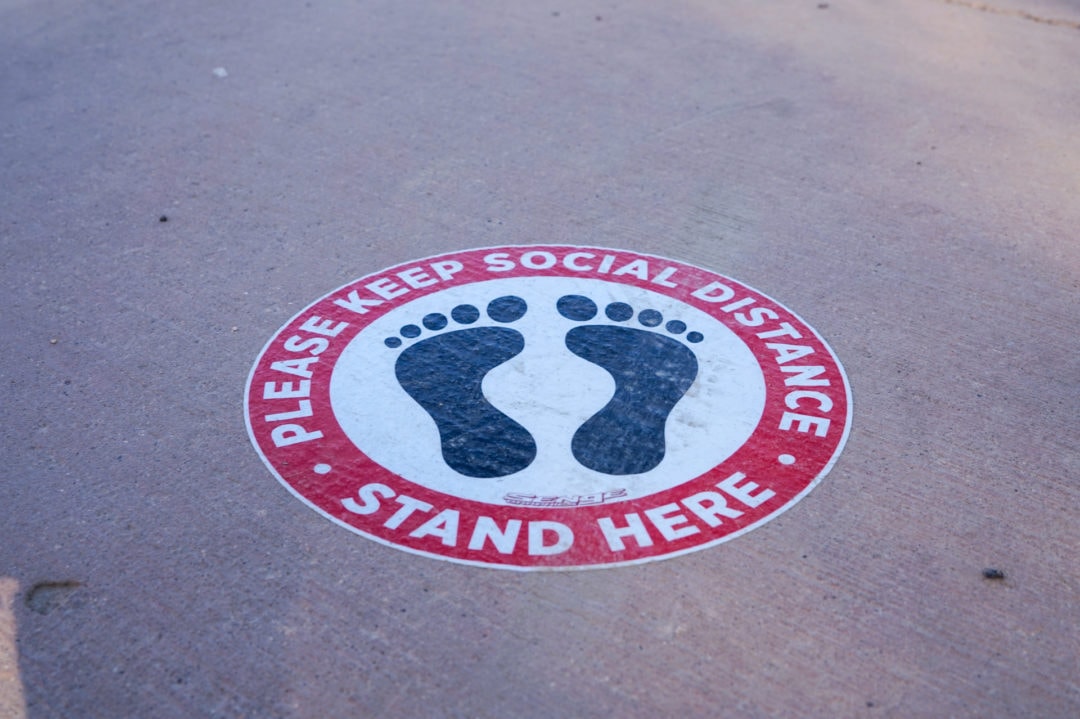
5. Always bring a mask and be mindful of those around you
According to the new CDC guidelines, fully vaccinated people can now gather—indoors or outdoors—with other fully vaccinated people without the need to wear a mask or stay 6 feet apart. However, when traveling it’s important to remember that not everyone’s risk tolerance is the same. If you plan to hike a busy trail or visit a popular attraction, bring a mask and be mindful of those around you. And always wear a mask in public indoor settings—even if you’ve been vaccinated.
“Everyone is going to have different risk tolerance and we need to make sure that we respect people’s decisions. Some people will still want to wear a mask, which we should respect,” says Dr. Brownstein. “I think we’re going to be in an interesting time where some people will be calculating risk differently than others. And so we all have to respect individual choice.”

